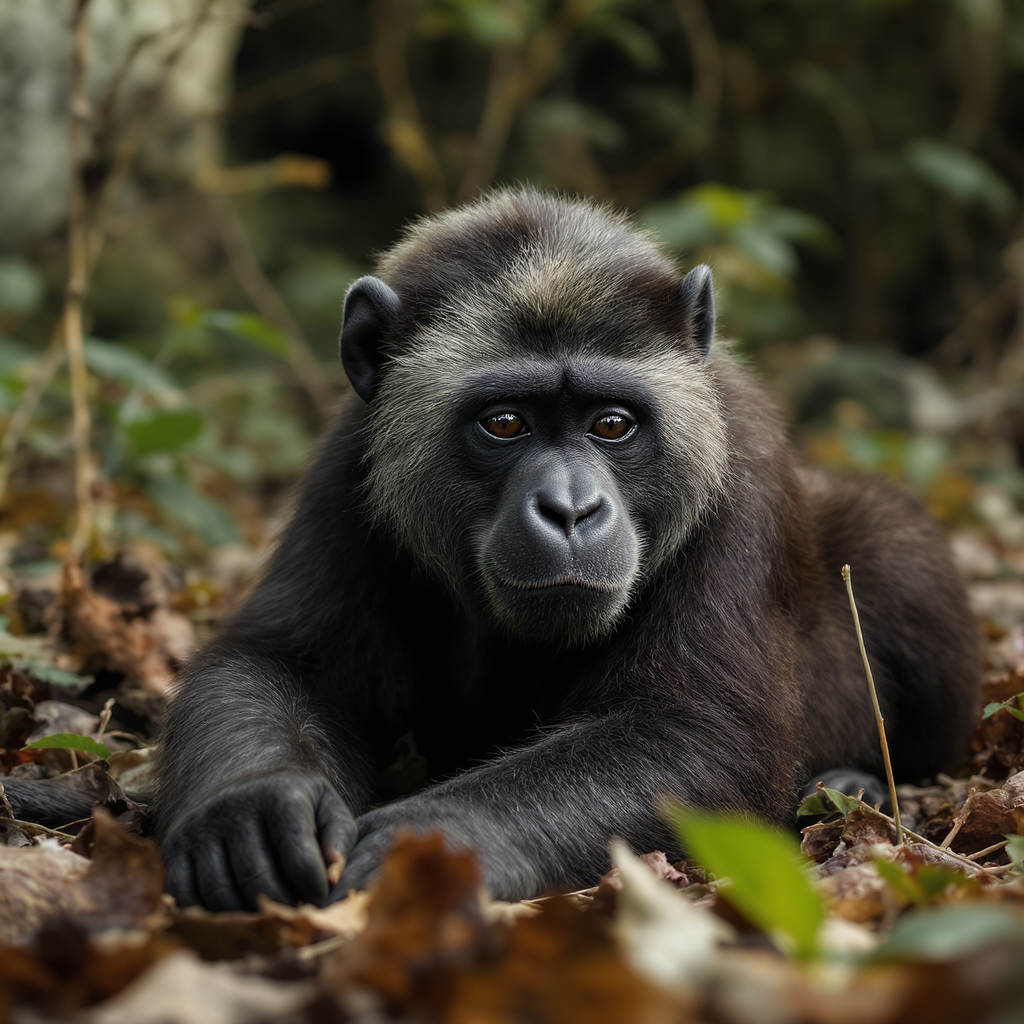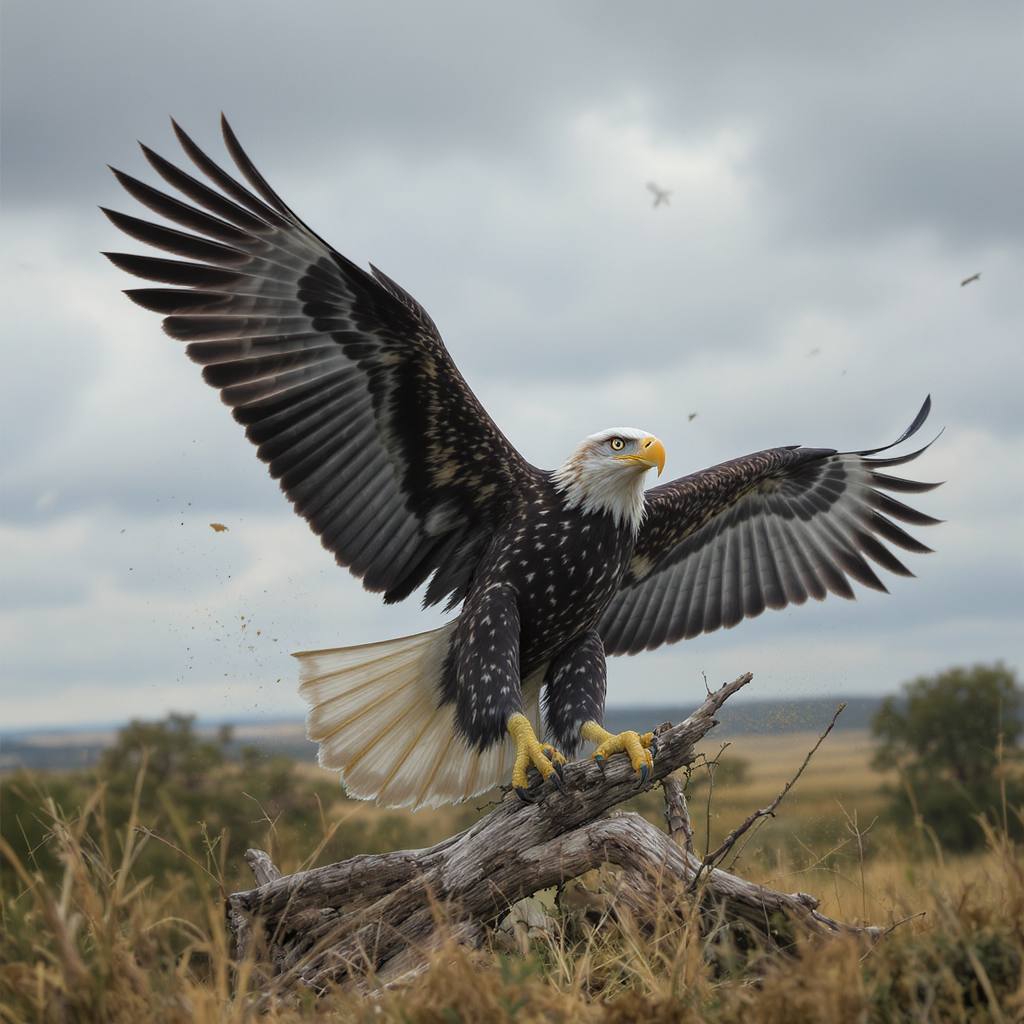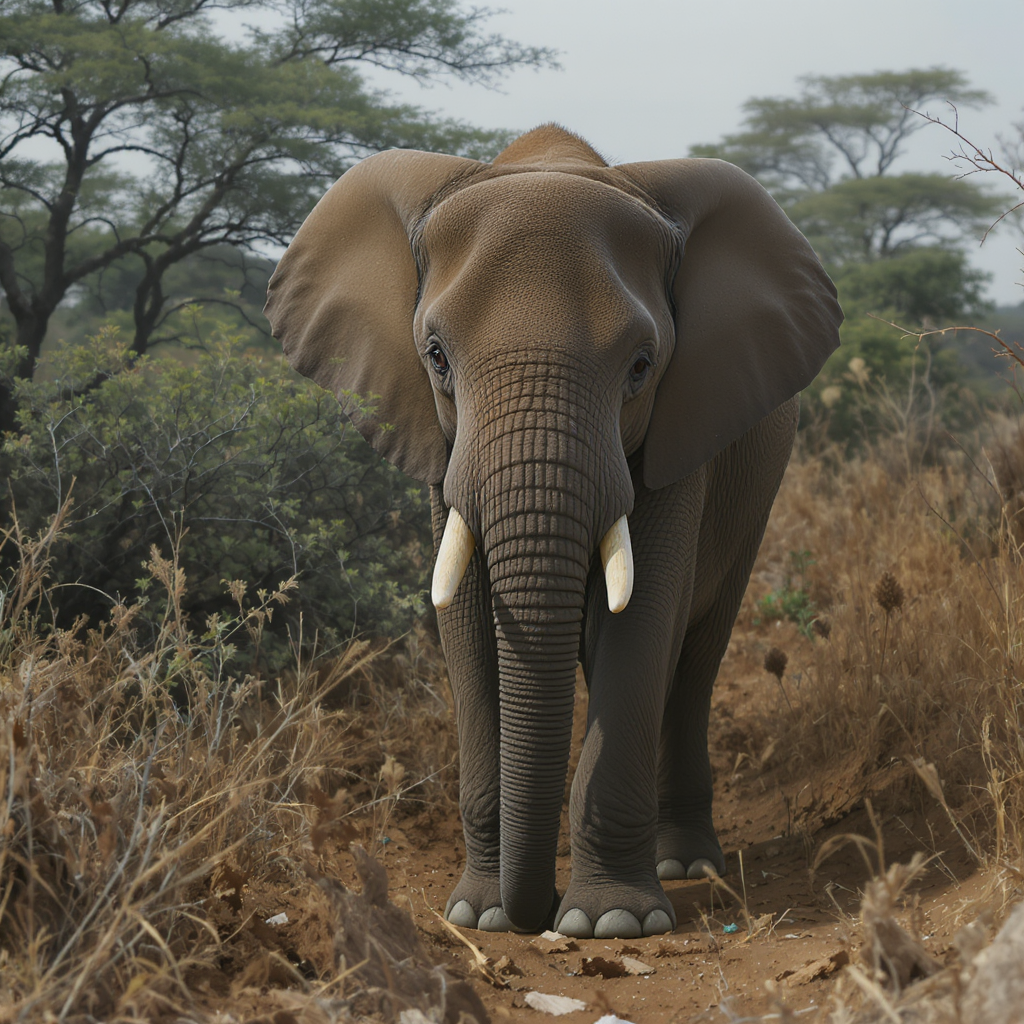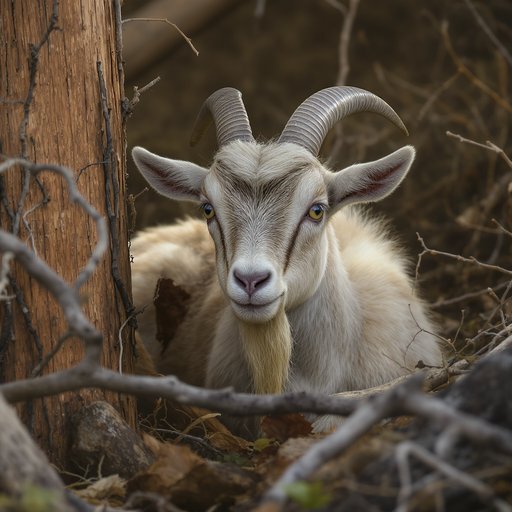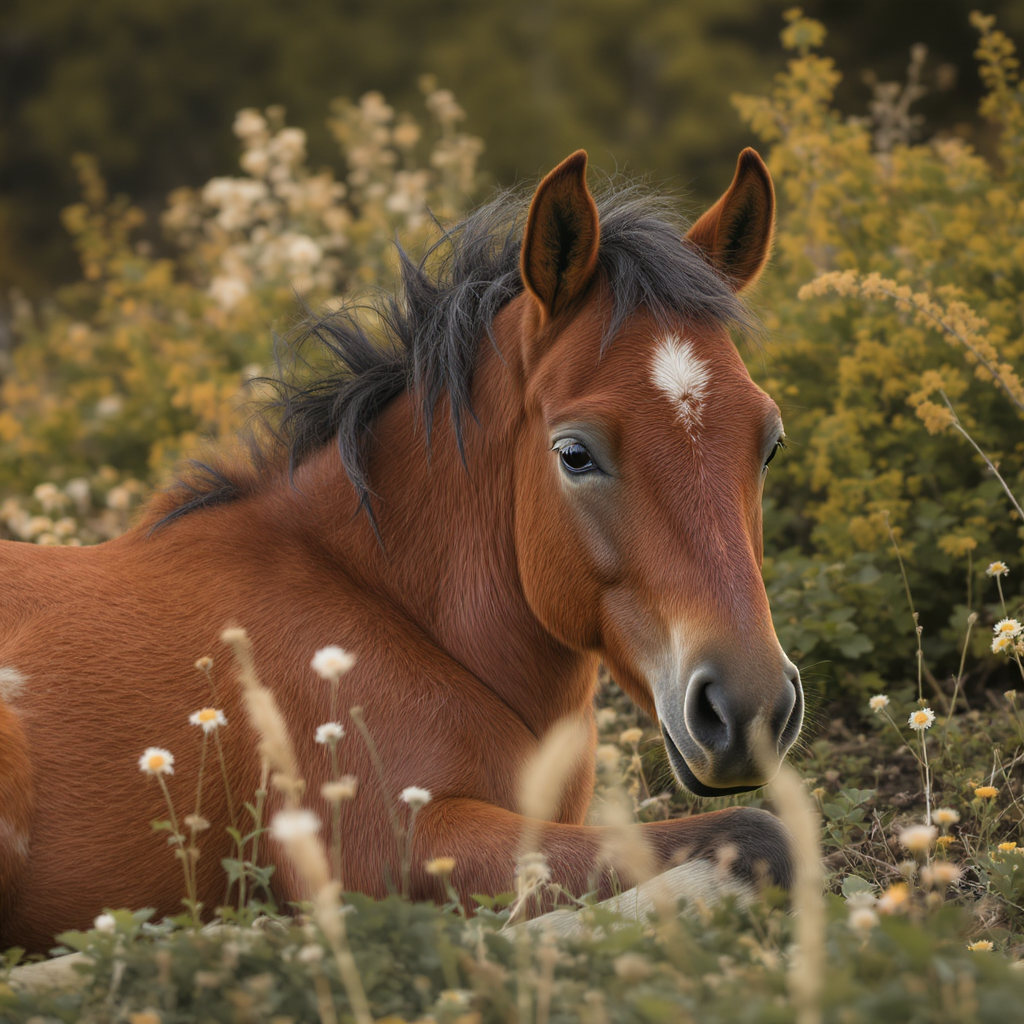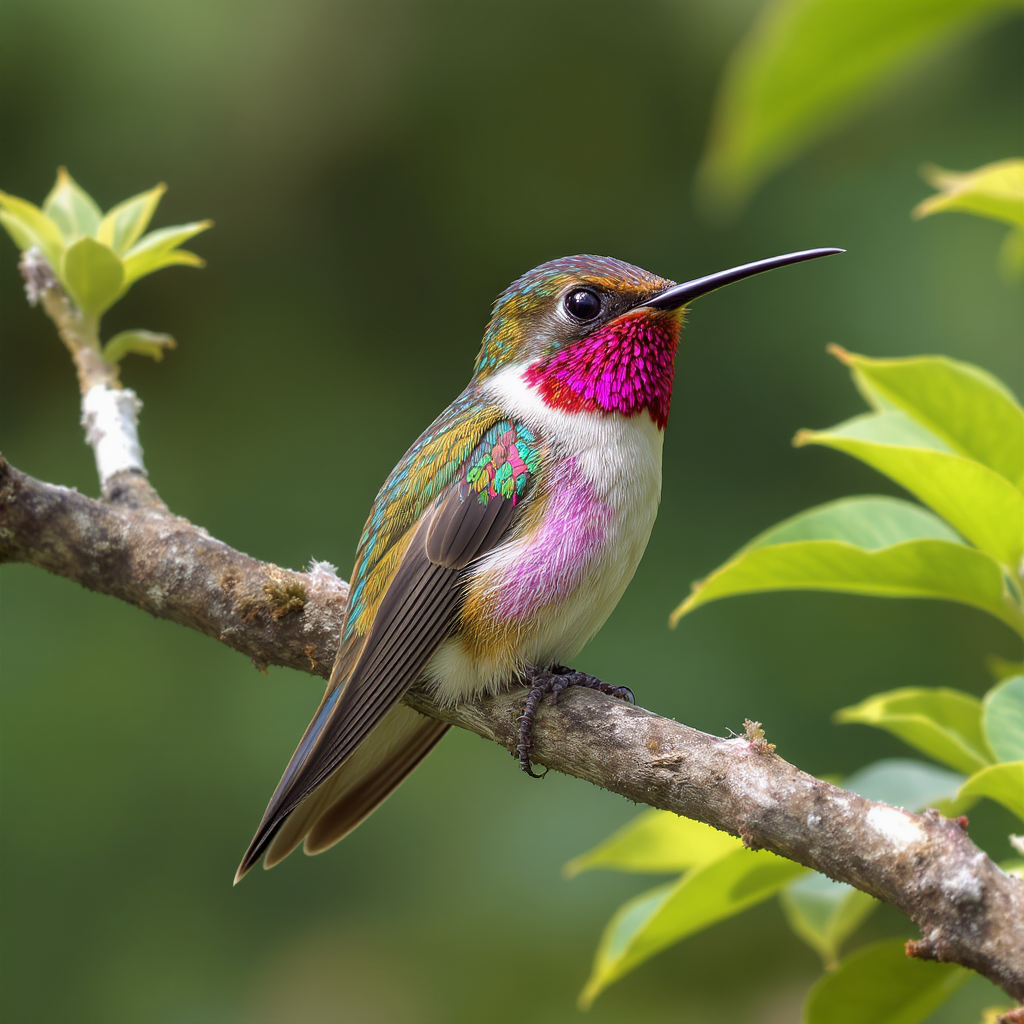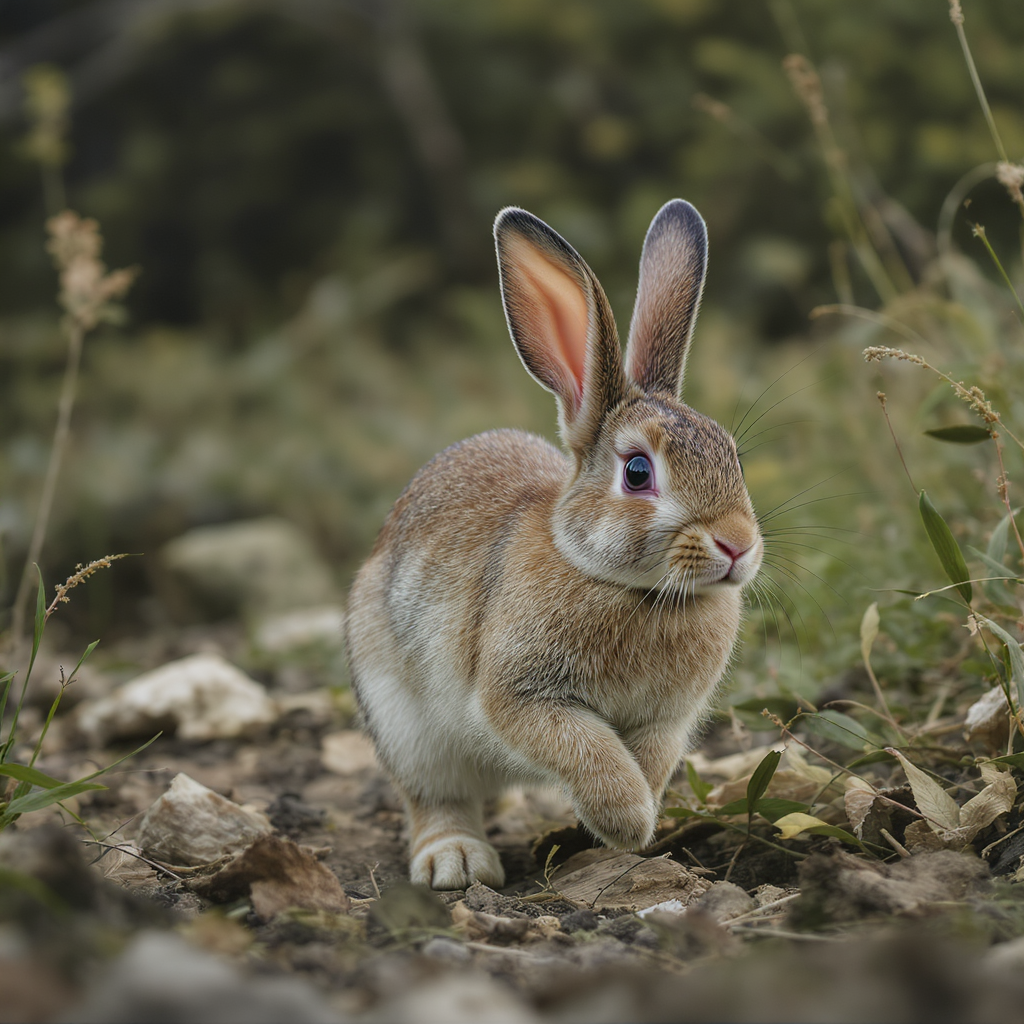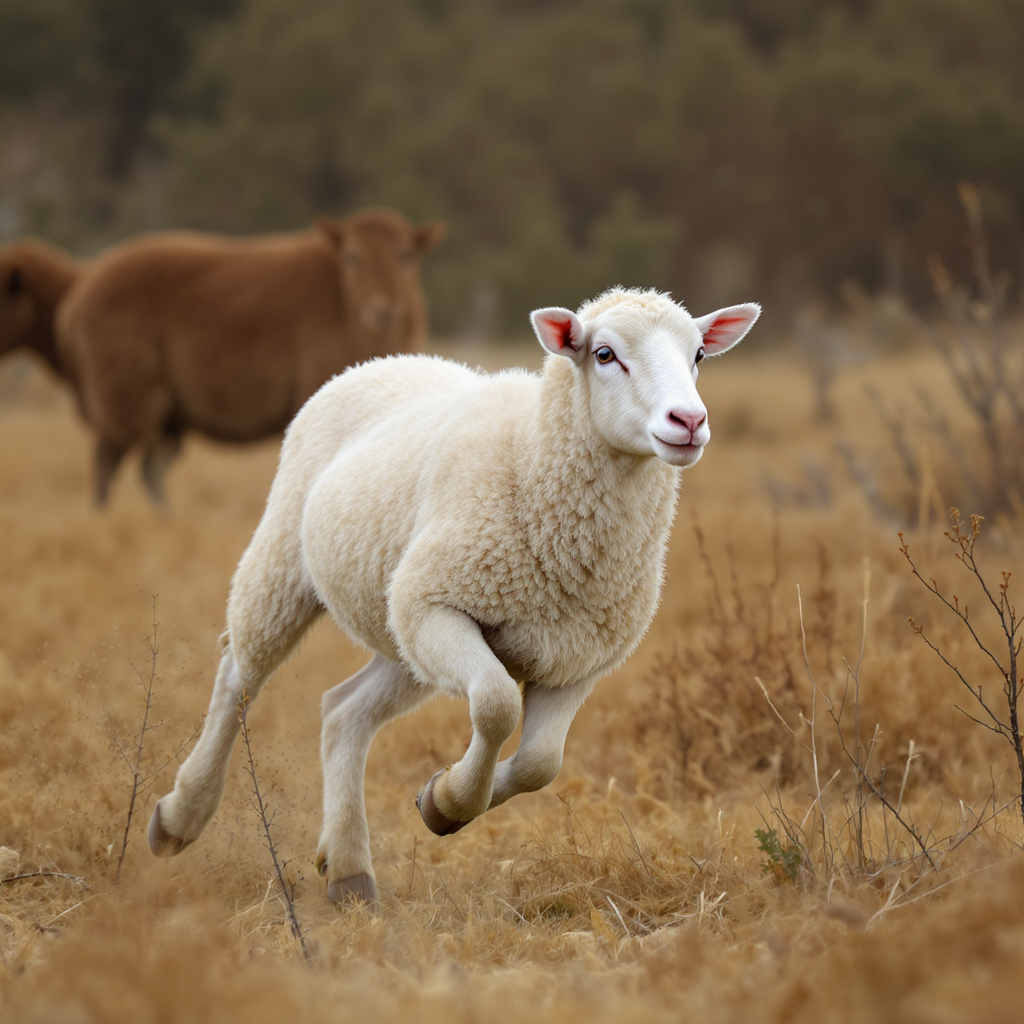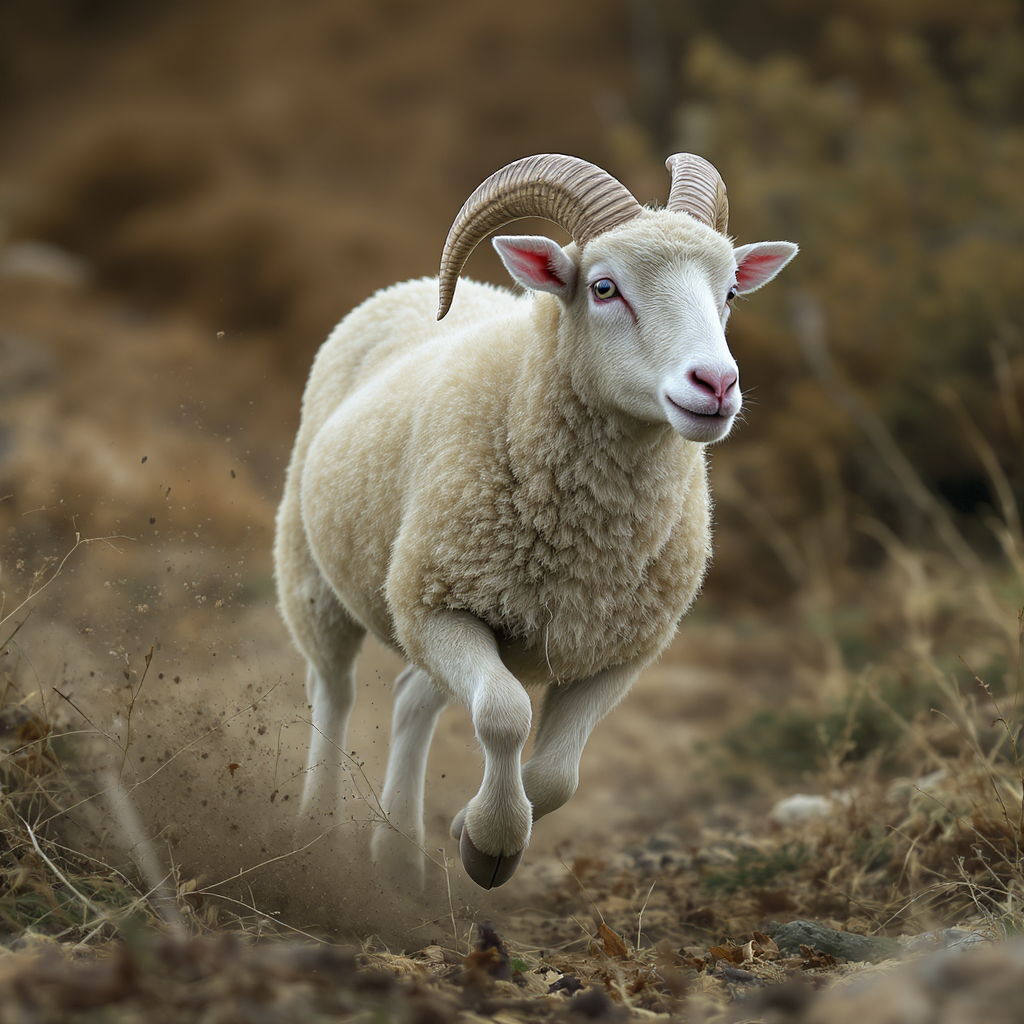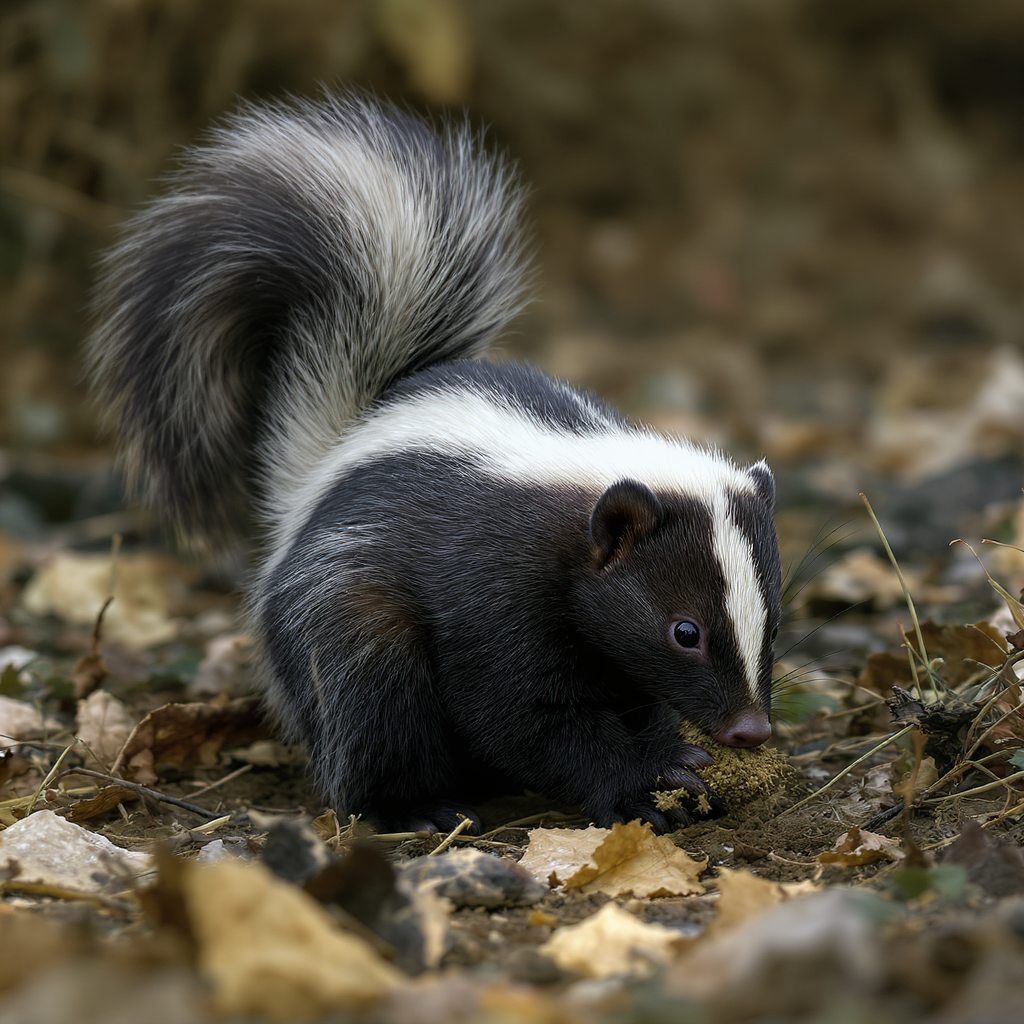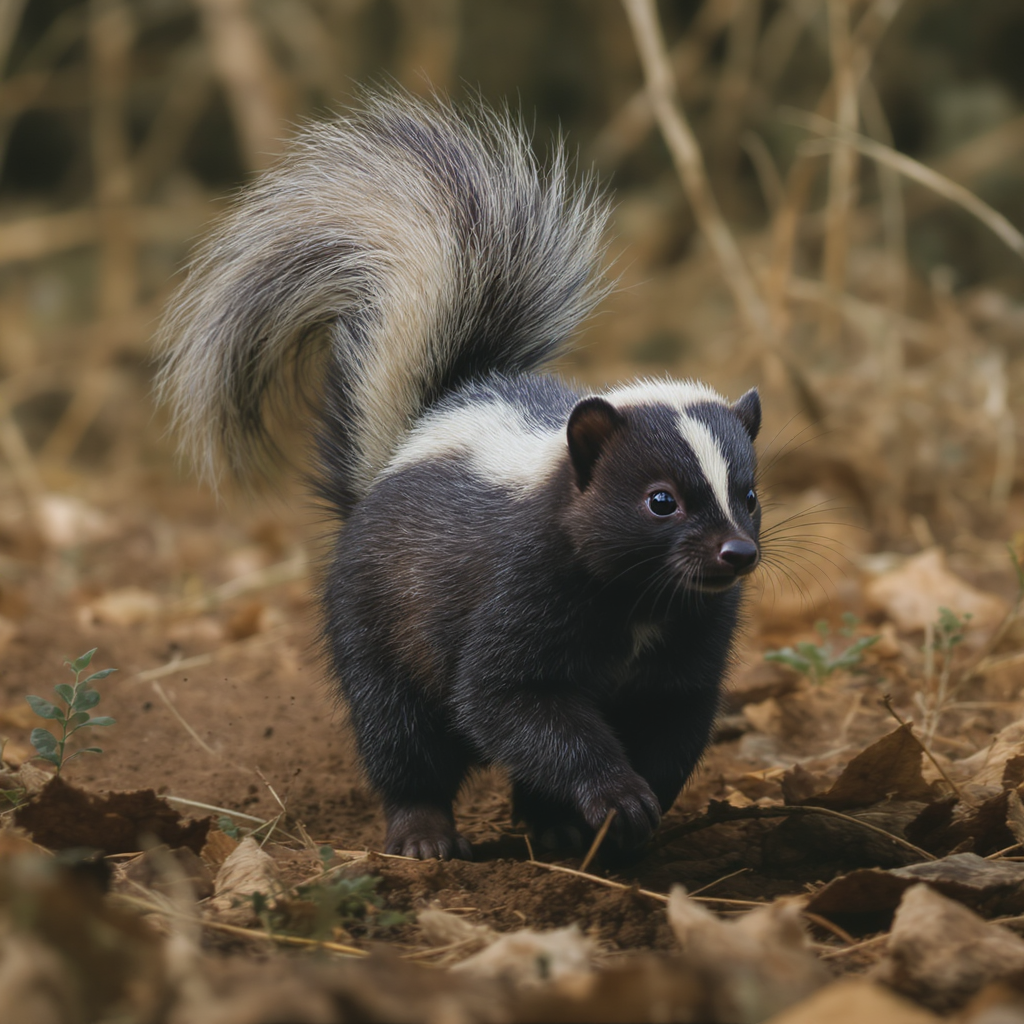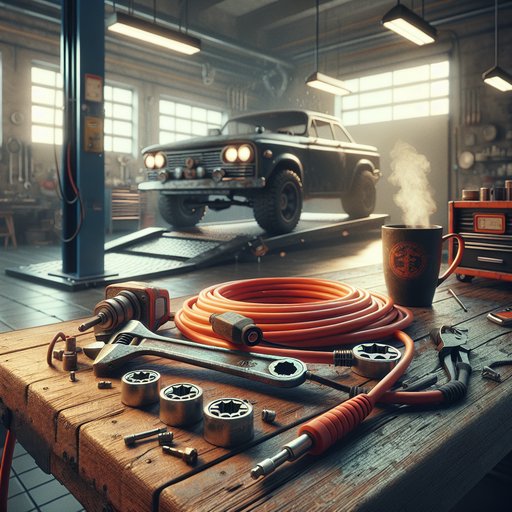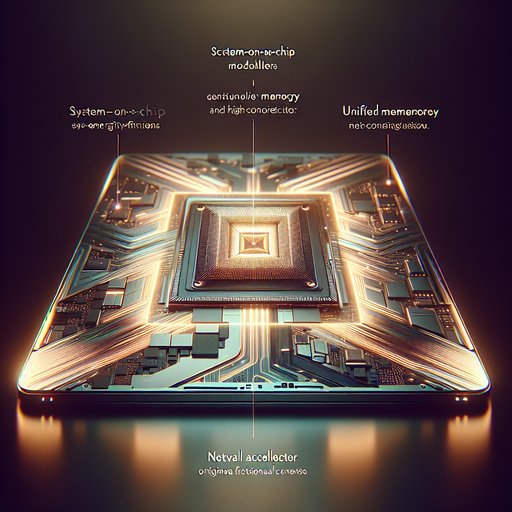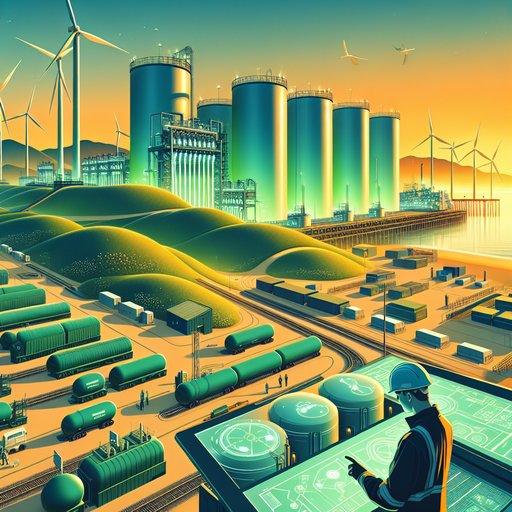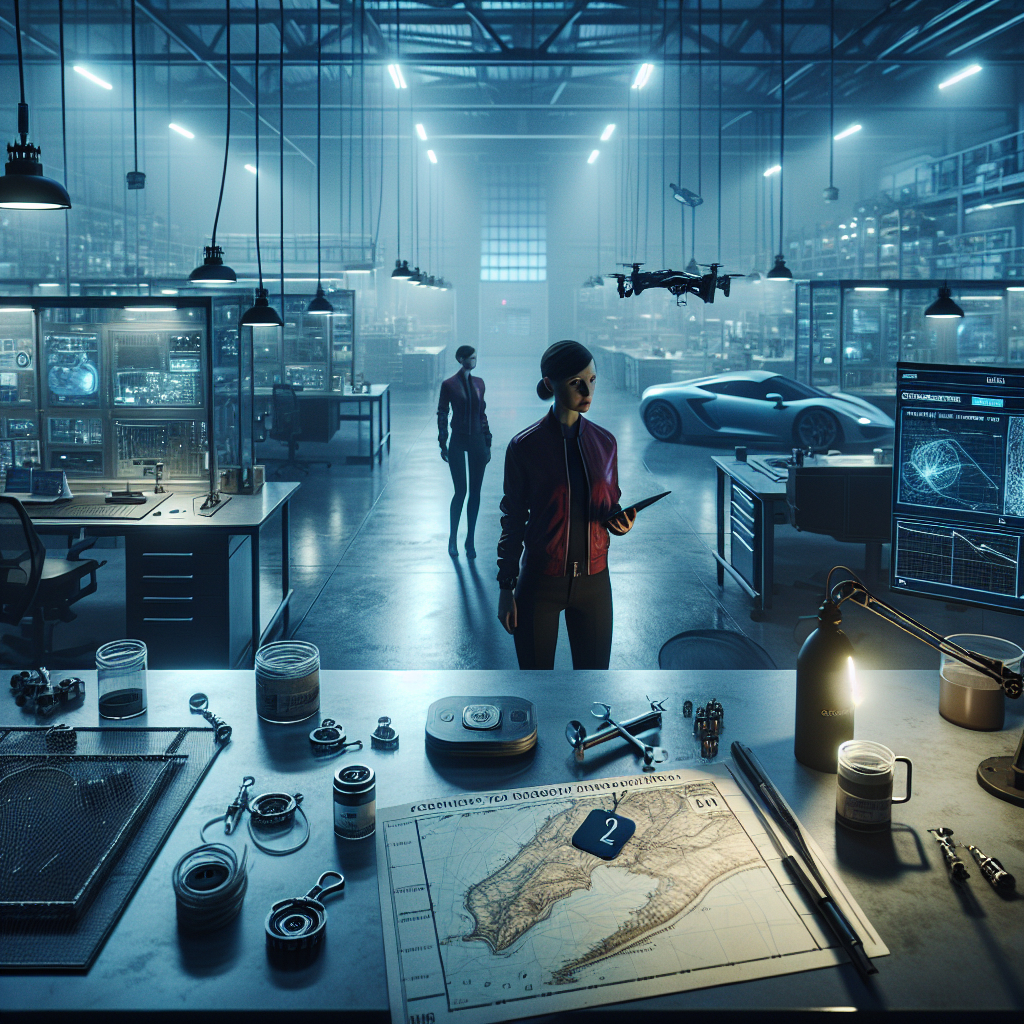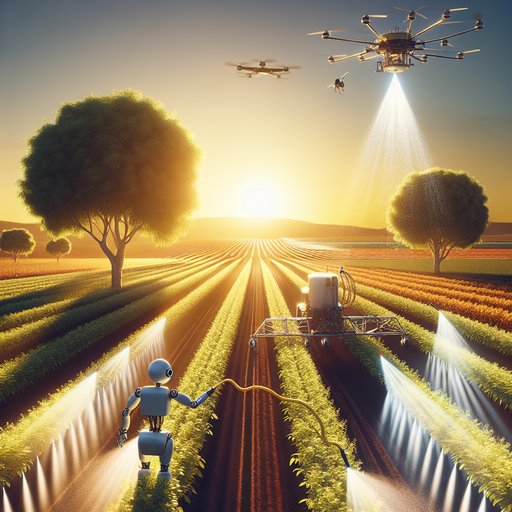
Food security used to hinge on acreage, rainfall, and luck. Today it also depends on code. In fields that once only heard the rattle of diesel, camera-laden rovers move between rows, teasing weeds from crops with surgical sprays, while drones stitch mosaics of canopy health above them. The promise isn’t spectacle; it’s precision—less waste, fewer passes, smarter decisions. As climate volatility jolts planting calendars and labor shortages tighten harvest windows, autonomous robots and AI-driven precision agriculture step forward not as shiny distractions but as pragmatic tools. Their lineage reaches back to centuries-old inventions, yet their potential pushes us toward a new compact between farmer, machine, and soil—one where intelligence doesn’t replace stewardship, it amplifies it.
At sunrise a farm robot no bigger than a wheelbarrow hums down a carrot row, its stereo cameras tracing green-on-brown contrasts, its arm flicking tiny jets of herbicide with the restraint of a watchmaker. A kilometer away, a tractor follows an invisible rail of satellite coordinates, turning at the end of the field with a confidence born not of muscle memory but of centimeter-accurate guidance. In the farmhouse, an agronomist drags a slider on a tablet and watches predicted nitrogen needs ripple across a map like a tide. The trajectory points forward: a decade from now, farms function as living networks.
Smaller, lighter robots patrol continuously, scouting under leaves and between trellises, nudging irrigation schedules before stress shows, spot-feeding micronutrients where roots can actually use them. Data flows tight and local; edge models digest it on the machine, not in distant clouds, because harvest can’t wait for a signal. The future’s headline is not automation for its own sake, but elasticity—the ability of food systems to flex when weather, pests, or markets throw punches. The lineage is older than the algorithms.
Jethro Tull’s early eighteenth-century seed drill wrestled order from scattering hands, setting rows and spacing to lift yields. Two centuries later, the Green Revolution spread improved seed varieties, fertilizers, and irrigation, feeding millions but entangling farms in the arithmetic of inputs. The 1990s added a new ingredient: location. Yield monitors on combines traced harvest variability, GPS-guided tractors held straight lines, and for the first time farmers could see their fields as mosaics instead of monoliths.
Precision agriculture wasn’t an app; it was a way of seeing. Vision, literally, then entered the cab. As computer vision matured, machines learned the difference between a cotton leaf and a pigweed rosette, and companies began building sprayers that treated only what needed treating. A merger of optics and agronomy birthed the selective sprayer, the camera scouting ahead at highway speeds while nozzles awakened in millisecond bursts.
Early deployments reported dramatic herbicide reductions, not because the machine was virtuous, but because it could finally see. At the same time, real-time kinematic satellite positioning gave robots the spatial confidence to be smaller, lighter, and kinder to soil. Above the tractors, the sky got crowded—in a good way. Cheap drones skimmed vineyards, catching the faint blush of water stress days before leaves curled.
Satellites, once the domain of national agencies, poured out frequent, high-resolution imagery. AI stitched it all together: lidar from a robot’s mast, multispectral indices from an orbiting platform, soil moisture from probes sunk like thermometers into the earth. The result wasn’t a single, definitive picture but a layered conversation where models traded notes and farmers adjudicated, field by field, hour by hour. The hardest tasks, the ones hands have guarded jealously, began yielding to gentle machines.
In Florida, robotic strawberry harvesters crept under leaves, guided by stereoscopic sight and soft grippers that learned to cradle ripeness without bruising it. In lettuce fields along the coast, autonomous weeders threaded between seedlings at night to dodge wind and heat. Orchards adopted robots that counted fruit and predicted drop, nudging thinning decisions with more than gut instinct. These aren’t factories on wheels; they are apprentices with patient eyes, their routines tightened by physics but their purpose tuned to biology.
The promise widens when the map zooms out from industrial farms. On two-hectare plots in East Africa or South Asia, a rugged, solar-charged rover can scout for fall armyworm, the onboard model trained on local varieties rather than glossy seed catalogues. A farmer with a smartphone points the camera at a leaf and receives a diagnosis that used to require a visit to town. Fertilizer prices spike; a cooperative rents a variable-rate spreader for a week, guided by a locally hosted model that suggests less—not more—because it sees how the soil bank already holds enough.
The robots do not erase skill; they compress expertise into tools that travel. This is not magic. It is plumbing. Data must be owned, shared, and secured.
Models trained in one valley can miss diseases two ridges over; a robot primed on row spacing in one country can get lost in intercropping elsewhere. The fix is unglamorous: open standards that let machines talk to each other, extension services updated for the era of firmware, local technicians who can swap a motor and calibrate a camera between morning irrigation sets. There is policy work, too—clarifying liability when a robot strays, and setting incentives that reward outcomes like reduced chemical use and improved soil carbon rather than mere equipment purchases. Climate change presses urgency into these details.
Seasons slip; deluges arrive in the month the field has always been dry. In that uncertainty, autonomy is a form of resilience. A fleet of small robots doesn’t panic when a window narrows; it just works at night. AI that integrates weather forecasts with phenology can pull harvest dates a week earlier and avert a mildew outbreak.
Farms become less brittle not because they are bigger, but because their intelligence is distributed, their decisions granular, their interventions timed to biology’s clock instead of the calendar. What changes when food systems can think in pixels and centimeters? Supply chains that once cracked when a region failed could flex as decision-making migrates to the edge, nearer to the field than the boardroom. Urban greenhouses might coordinate with rural fields through shared models, easing pressure on imports during bad seasons.
The ghost acres we have long conjured through waste and over-application could be released back to forest and prairie because we get more from the land we already farm, and we do it without grinding soil into dust. There is a cost to getting this right, and not just in capital. Rural identity has always braided craft and independence; now code enters the braid. If the algorithms are lease-only, if the robot’s eyes are blind to local crops, the technology will look like a new landlord with better branding.
But if farmers can inspect and shape the models, if cooperatives own fleets and data commons thrive, then autonomy becomes a new kind of commons—practical, grounded, contagious in the best sense. I think about that carrot row robot at sunrise and how quiet its progress is, how measured. Food security rarely announces itself; it is the absence of crisis, the pantry that stays full, the season that ends without a headline. The promise of autonomous farm robots and AI-driven precision agriculture is not a gleaming future but a steadier present, earned by attention to detail.
It asks us to rebuild the mundane—calibration routines, service networks, training programs—so the extraordinary feels ordinary. The story does not end with a flourish. It ends with a field that looks much the same as it did yesterday, except the weeds are gone a little earlier, the water lasted a little longer, the fertilizer bag is a little less empty, and the farmer sleeps a little more. Technology at that scale of change tends to stick.
The question, as always, is whether we can keep the human pact at its center: to feed each other with care, and to let our machines help without taking the soil—and the people who tend it—for granted.




